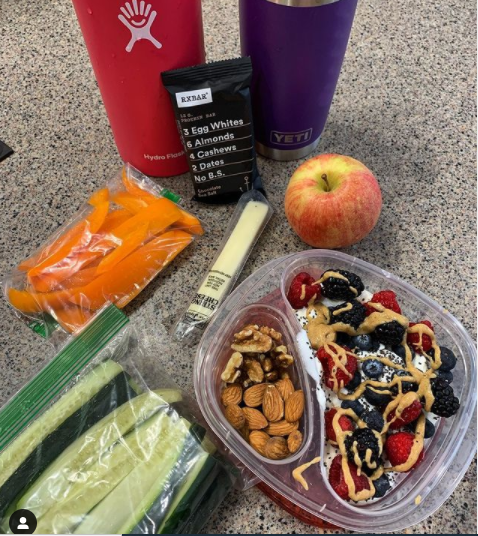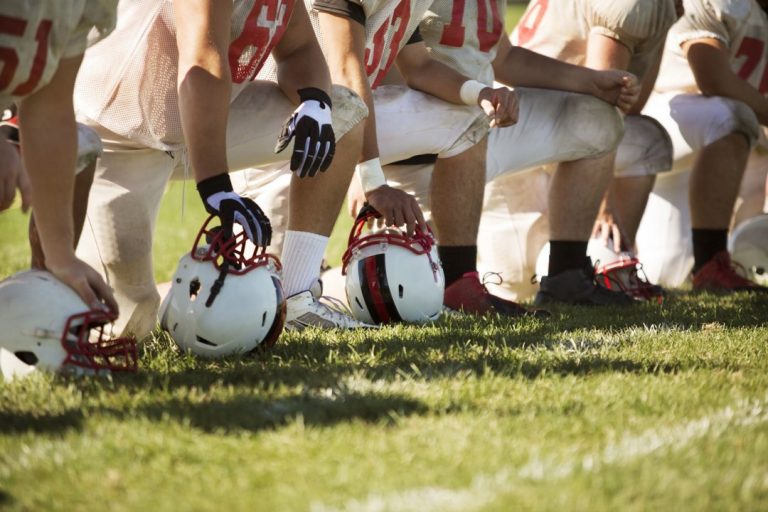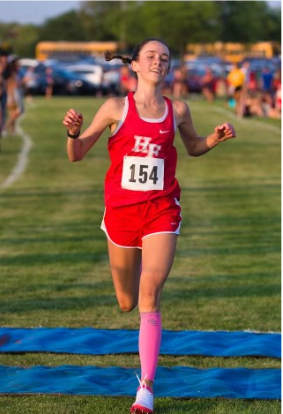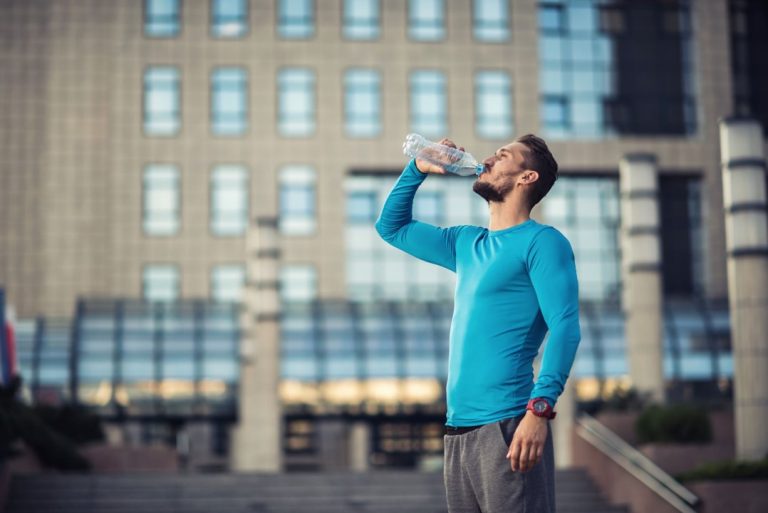
No cooking skills? No problem! Here are some simple "no-cook" meal and snack pairings for student-athletes and active adults!

Nutrition before (and during) games can be confusing—but it doesn't have to be!

Refueling after a workout, game, or event matters—especially for young athletes.

Learn what the science says about seed oils and if they are healthy for us as athletes and active adults!

Pre-season nutrition tips for the wrestling athlete to thrive this season!

Performance nutrition tips for baseball athletes to gain strength, power, speed, and improve performance!

The nutrition facts label does not tell you the whole picture when it comes to your food! Especially with meat and plant-based alternatives. Learn why!

TF/XC athletes NEED ample carbs, protein, and calories to compete at their best. Learn just how much in Wendi's most recent blog post.

Unsure what to feed athletes before games. Give these balanced meal ideas a try for your next team meal!

Unsure what to eat the night before a game or competition? Check out my top 5 tips that will help you feel and perform at your best to crush your competition!

Helping your teen athlete meet their iron needs to support health, athletic performance, and reduce the risk of injury and illness!

Unsure of how to hydrate during extreme temps? Here are 7 easy ways to improve your hydration!












